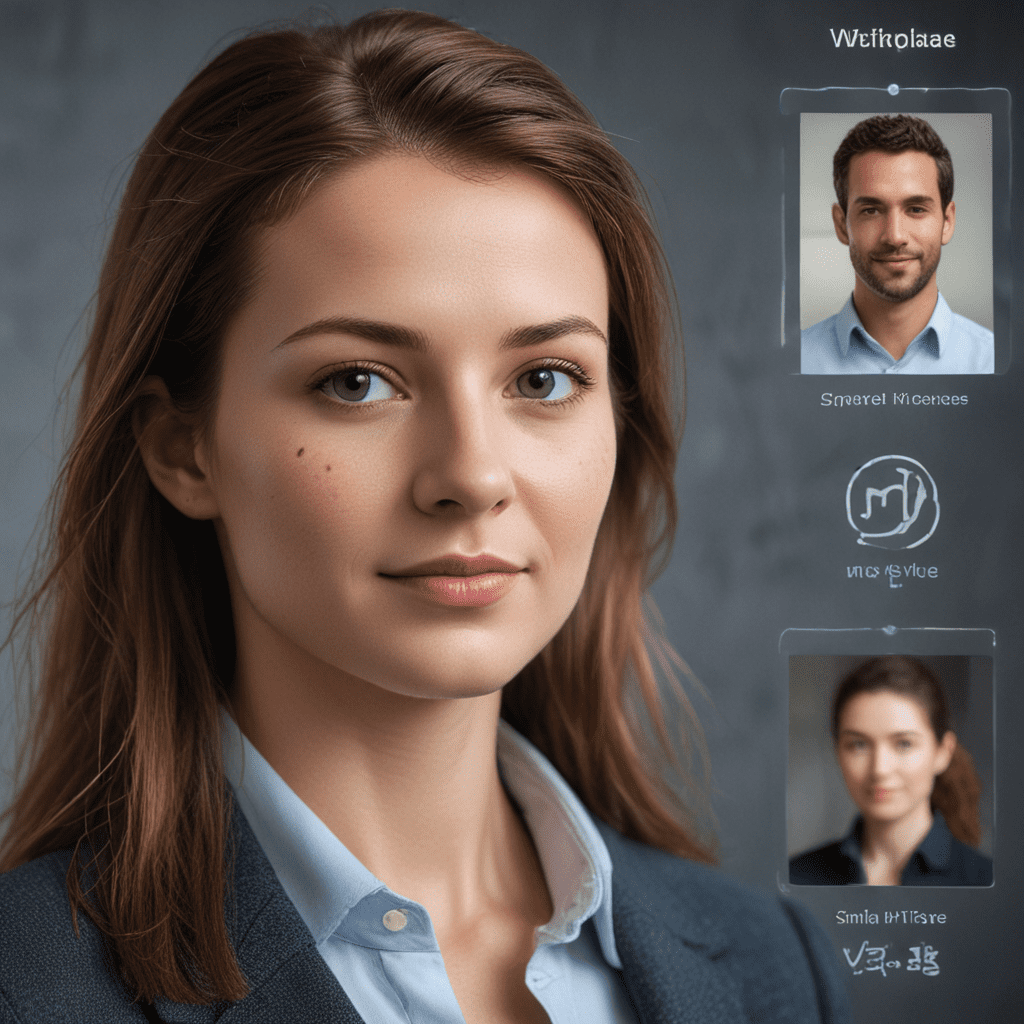Facial Recognition: Unveiling the Potential of Emotional Analysis
I. Introduction
Facial recognition technology has revolutionized the way we interact with the world around us, from unlocking smartphones to securing access to buildings. However, it's not just about identifying individuals; facial recognition is also capable of analyzing emotions, providing unprecedented insights into human behavior and interactions.
II. Advances in Facial Recognition Technology
In recent years, facial recognition technology has made remarkable progress. Deep learning algorithms and powerful computing capabilities now allow for highly accurate facial detection and identification, incluso in challenging conditions such as low lighting or facial obscurations. These advances have paved the way for the integration of emotion recognition into facial recognition systems.
III. The Role of Emotion in Human Communication
Emotions play a crucial role in human communication. They convey our feelings, intentions, and attitudes, and help us to connect with others. Facial expressions are a key component of emotional communication, as they provide visual cues that can be used to infer a person's inner state.
IV. Facial Cues as Indicators of Emotion
The human face is remarkably expressive, with over 40 distinct muscles that can produce a wide range of facial movements. These movements, known as Facial Action Coding System (FACS), are universal across cultures and can be used to identify specific emotions. For example, a raised brow and furrowed forehead typically indicate surprise, while a widened mouth and lifted cheeks indicate happiness.
V. Methods for Facial Emotion Recognition
There are various methods for facial emotion recognition, each with its own advantages and limitations. Computer Vision-Based Approaches rely on analyzing pixel-level information from facial images to detect and classify facial movements. Machine Learning-Based Approaches use algorithms to learn patterns and correlations between facial features and emotional states from labeled data. Hybrid Approaches combine both computer vision and machine learning techniques for improved performance.
VI. Applications of Facial Emotion Recognition
A. Marketing and Advertising
Facial emotion recognition is being used in marketing and advertising to understand consumer preferences and reactions to products and services. By analyzing facial expressions during interactions with advertisements, companies can gain insights into consumer sentiment and tailor their campaigns accordingly.
B. Customer Service and Support
In customer service and support, facial emotion recognition can help identify and respond to customer emotions effectively. By detecting frustration or anger, companies can provide timely assistance and resolve issues before they escalate.
C. Healthcare and Diagnostics
Facial emotion recognition has potential applications in healthcare and diagnostics. It can be used to assess emotional states in patients, facilitate communication with individuals with cognitive impairments, and provide insights into psychological well-being.
D. Security and Surveillance
In security and surveillance, facial emotion recognition can be used to identify individuals who may pose a threat, detect potential risks, and monitor crowd behavior. By analyzing facial expressions, security personnel can make informed decisions and respond appropriately to situations.
VII. Ethical Considerations
The use of facial emotion recognition raises ethical concerns regarding privacy, bias, and transparency. It's important to address these concerns by implementing appropriate safeguards, ensuring fairness and accuracy in algorithms, and providing clear explanations of how facial emotion recognition is used.
VIII. Future Directions and Challenges
The field of facial emotion recognition is evolving rapidly. Future research directions include improving recognition accuracy, developing more robust algorithms, and exploring applications in new domains. Challenges remain in addressing ethical issues, ensuring privacy, and mitigating bias in facial emotion recognition systems.
IX. Conclusion
Facial Recognition with Emotional Analysis is a powerful tool that unlocks deeper insights into human behavior and interactions. By analyzing facial expressions, we can gain a better understanding of emotions, provide more personalized experiences, and enhance decision-making in various applications. As the technology continues to advance, it's essential to navigate ethical considerations and ensure responsible usage to maximize the benefits while safeguarding privacy and individual rights.
X. FAQ
Q: How accurate is facial emotion recognition?
A: Accuracy varies depending on factors such as lighting, facial obscuration, and algorithm performance. However, advancements in deep learning and computer vision have significantly improved recognition rates.
Q: Can facial emotion recognition be used to lie detection?
A: While facial expressions can provide cues about emotions, they are not a foolproof indicator of deception. Facial emotion recognition algorithms are not reliable for lie detection purposes.
Q: Are there any privacy concerns with facial emotion recognition?
A: Yes, there are concerns about the unauthorized collection and use of facial data. Ethical guidelines and regulations are being developed to address these concerns and protect individual privacy.


